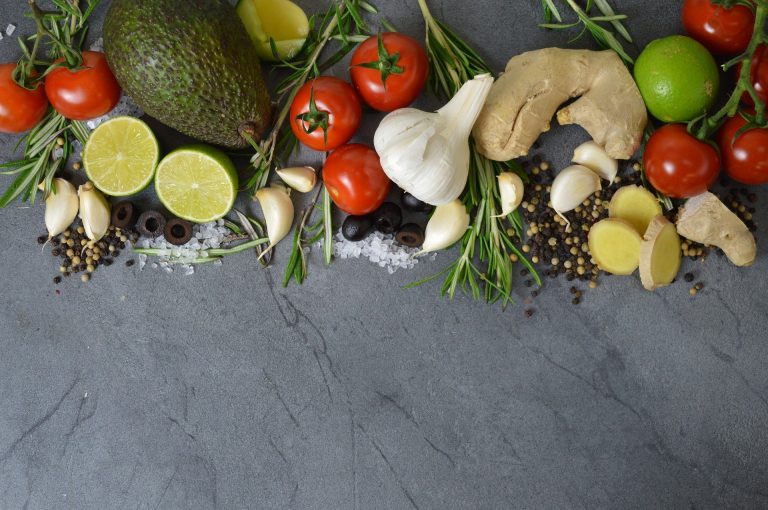
Has the fruit and vegetables we bring to our tables always been as we know them? For example, were bananas the same colour, the same texture, the same taste as today, centuries ago? Apparently not. Fruits and vegetables have changed and often the metamorphosis has depended on crossbreeding and human manipulation.
Farmers, as reported by the Genetic Literacy Project, have done so in order to obtain better yields and improve the quality of products, making them more resistant to pests, bigger, tastier. So let’s discover which produce have changed over the centuries.
Fruit and Vegetables Then vs. Now
In the past the inside of watermelons was completely different than today. The flesh, in fact, was not completely red but mainly white, and was divided into 6 triangular, redder parts, with the large seeds.
Over the centuries, however, people started cultivating and crossing watermelons with each other. In this way they became more and more red and juicy. Moreover, it is the reason why we have seedless varieties, too.
The ancestors of bananas date back to 10,000-6,500 BC. At that time, however, they had large seeds and were not as sweet and creamy as they are today. The first banana cultivation dates back to 1834. In that year, the plant was moved to the Caribbean, but was soon destroyed by a fungal infection. For this reason, researchers produced a variety that could resist fungi, the giant Cavendish, which is our current banana.
The first people to grow peaches were the Chinese in 6,000 BC in Zhejiang. Then these fruits appeared in Japan, about 1,200 years later, with a shape similar to that of today. As for modern peaches, they would have been first grown in Persia and then arrived in Europe.
Evolution of Vegetables
The eggplants of the past were not round, large and fleshy as they are today and there were several varieties. Apparently the first versions appeared in ancient China and had thorns where the stem of the plant connects to the flowers.
What about carrots? Originally they were whitish roots from Central Asia. They were also used in classical Greek and Roman times, and even then they were white. They changed their appearance to the characteristic orange color as people started to grow them over the centuries.
Corn originally tasted like a very dry raw potato, it was much smaller than it is now and there were few varieties. Today it is much bigger, and there are corn cultivation in 69 different countries.
Ancient tomatoes resembled berries, smaller than those we know today. Some examples remain in Ecuador and Peru, known as Solanum pimpinellifolium. Modern ones are larger in size and there are more varieties, ranging from cherry to plum tomatoes. Compared to their ancestors, these are excellent both raw and cooked.




